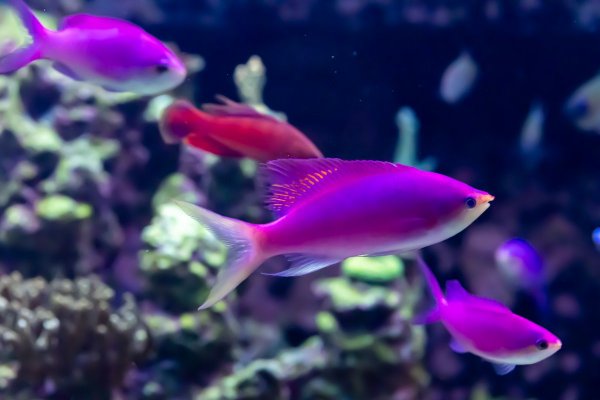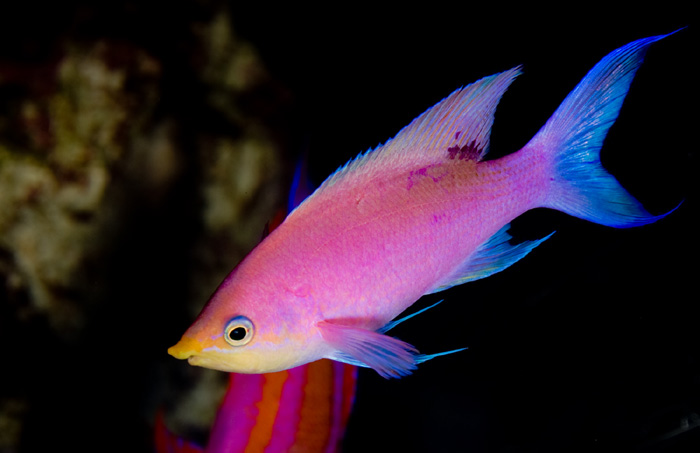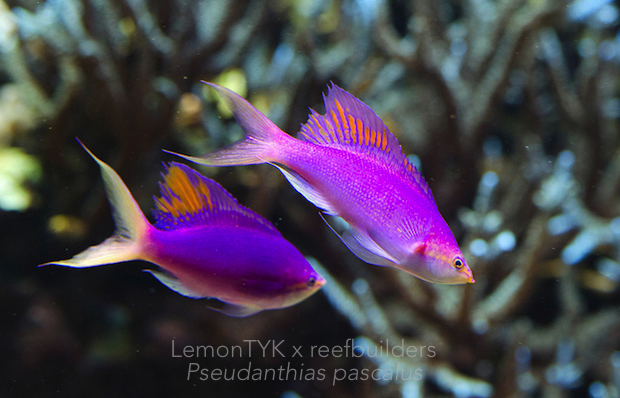Thanks! The gem tang is healing up quickly. Here's from a couple days ago. Both sides were originally skinned up.


Here he is this evening. Fin is essentially healed, and the more injured side should be fully healed in a couple days.

Yes, Rowa Phos is a brand of gfo. I have plenty of phosphate to strip. Plus with my feeding regimen, there will always be a phosphate supply in the water, so I'm not overly concerned about bottoming it out.
Regarding the fluctuation, that's a valid concern, and I'll need to find a regimen that works for this system. I plan to change the rowa phos on a consistent schedule. Whether that's biweekly or monthly remains to be determined. Currently I'm changing biweekly, but there is a lot of phosphate to remove, and I'm trying to go slow.
I'm planning on repeating an ICP once I reach a steady state. If I find the GFO is affecting other chemistry parameters as well, I may reconsider the strategy. I considered dosing lanthanum, and learned from Rich Ross's experience dosing it in his system.
I love reef beef! my wife and I have only been in the hobby for 2 years but I already feel like we've hit the grumpy 20 year reefer stage. Lol. I think your plan is solid, but the Lanthanum Chloride is probably going to be the more consistent approach if you have a spare dosing head. Keep the updates coming. We love them.




















